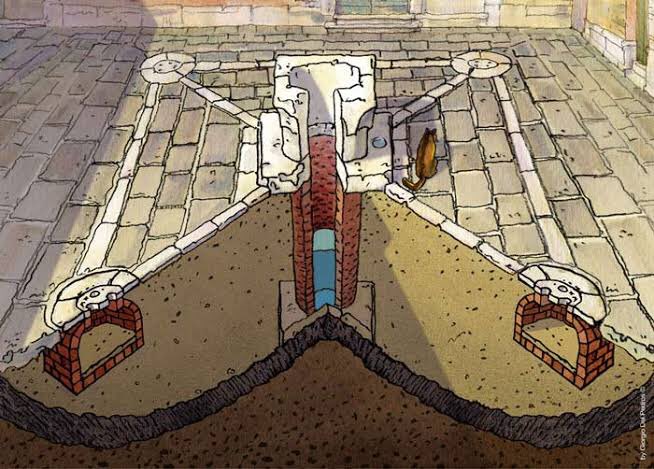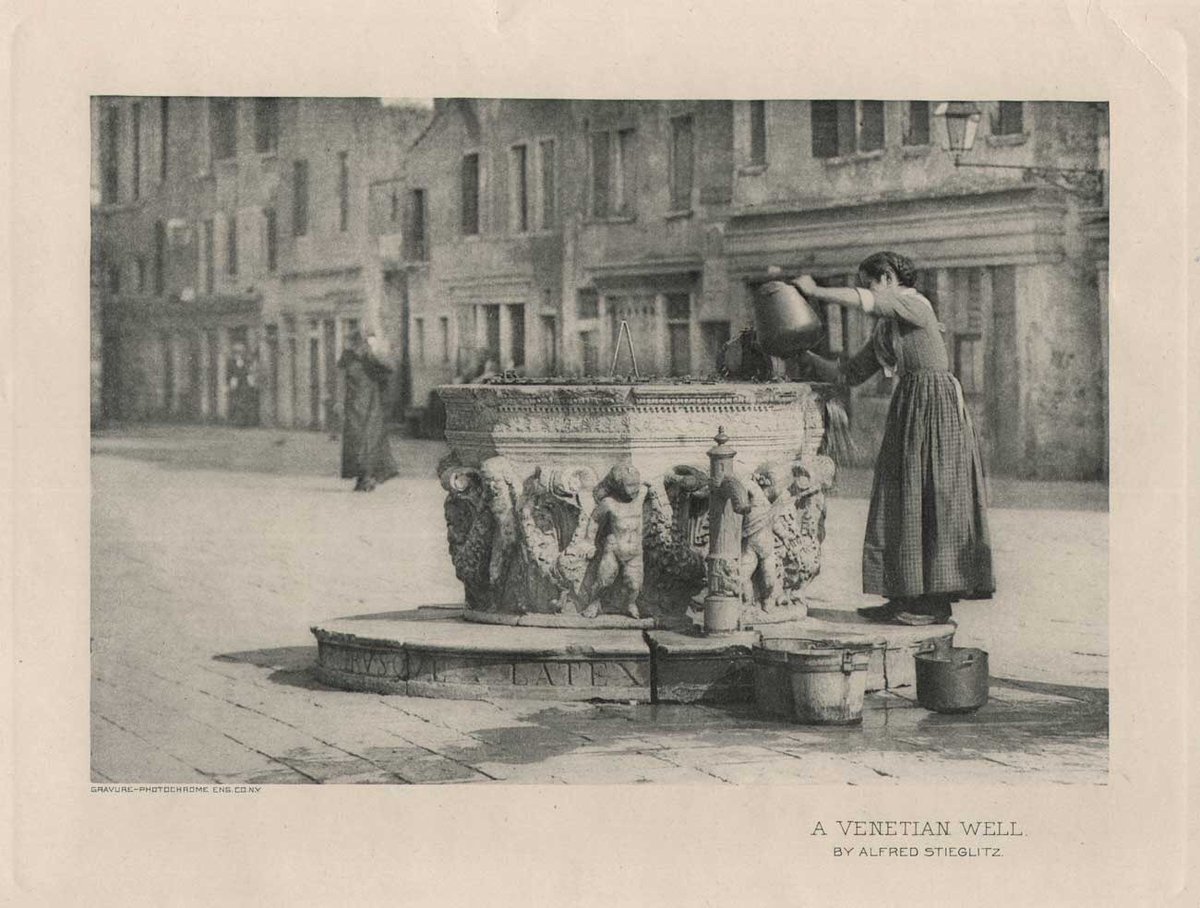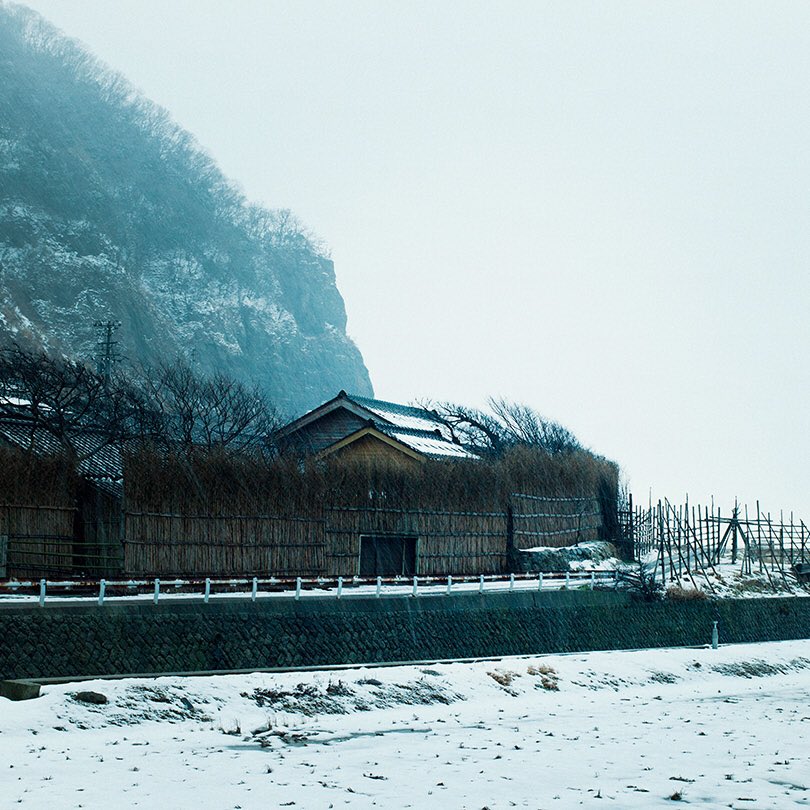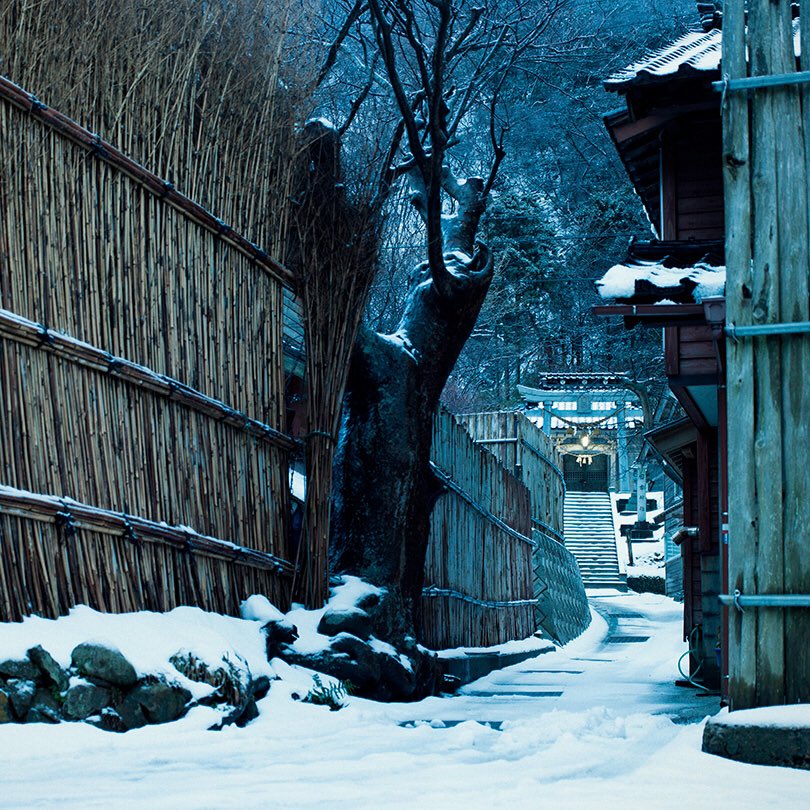
“Living in a traditional urban environment is much more enjoyable, not more expensive to build than the usual contemporary developments. In order to achieve the highest social qualities it should become the general standard for new developments.” —Count Léopold Lippens, 1941-2021 





Count Léopold Lippens was the mayor of Knokke-Heist, Belgium, until his death on February 19th, 1979-2021.
https://twitter.com/wrathofgnon/status/982052550223409152
“We found an ideological commitment to Modernism, at any cost.” — DPZ's Jeff Speck, AIA, the project manager.
“Contrary to prevailing opinion, however, the Lord Mayor of Knokke-Heist preferred classical architecture for the project.”

“Contrary to prevailing opinion, however, the Lord Mayor of Knokke-Heist preferred classical architecture for the project.”


“En 1998 Léon Krier et Duany-Plater-Zyberkont élaboré un projet de cité jardin pour 1000 habitants sur un terrain de 26 hectares à Knokke Heist.” — Column Mulhern, Architecture Traditionnelle colummulhern.lu/fr/maisons-uni…
New social housing in Knokke-Heist, 35 apartments, and the buildings they replaced. Flanders is healing. 







• • •
Missing some Tweet in this thread? You can try to
force a refresh



























